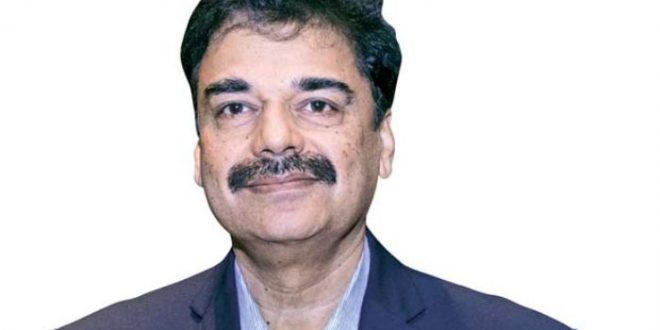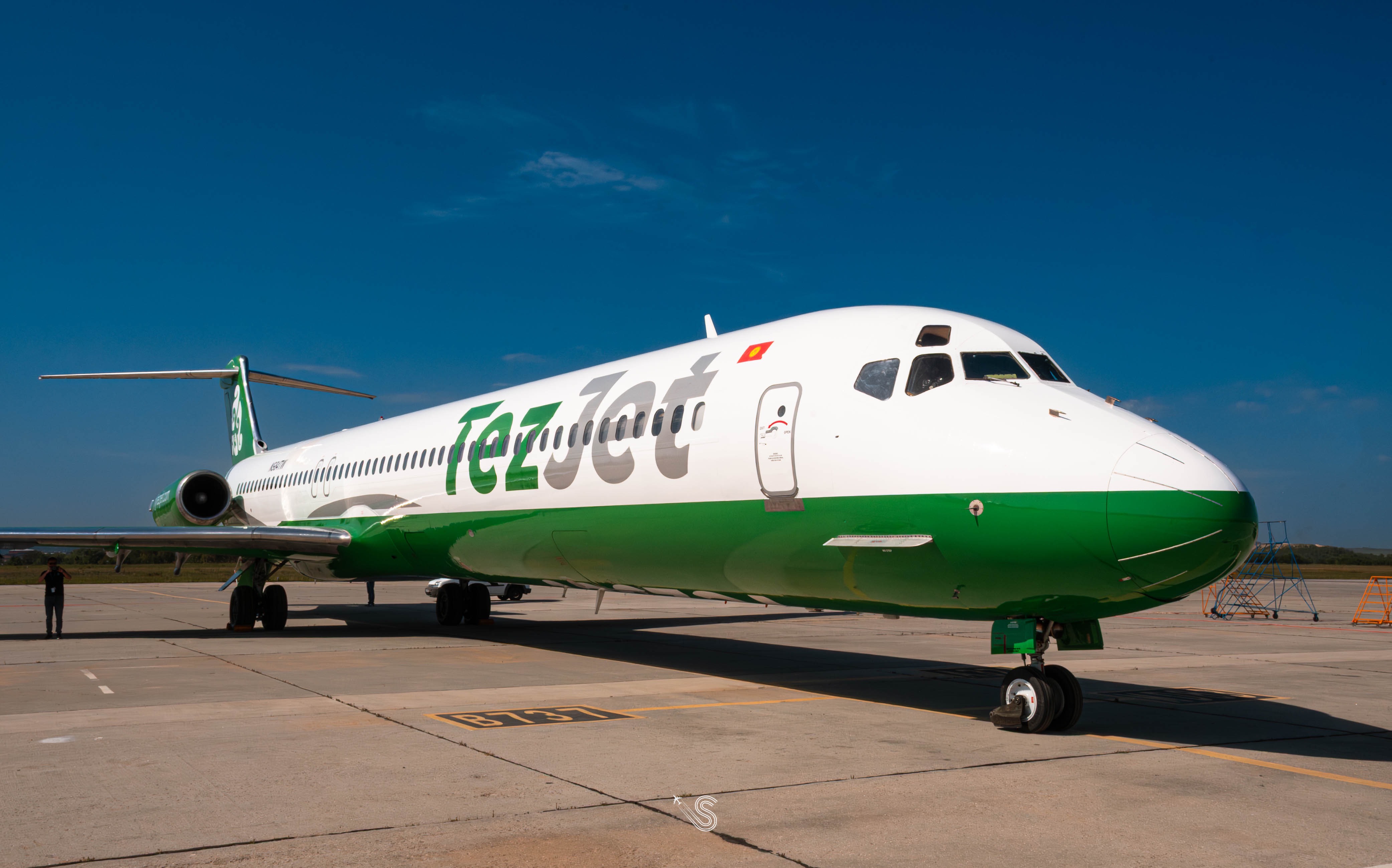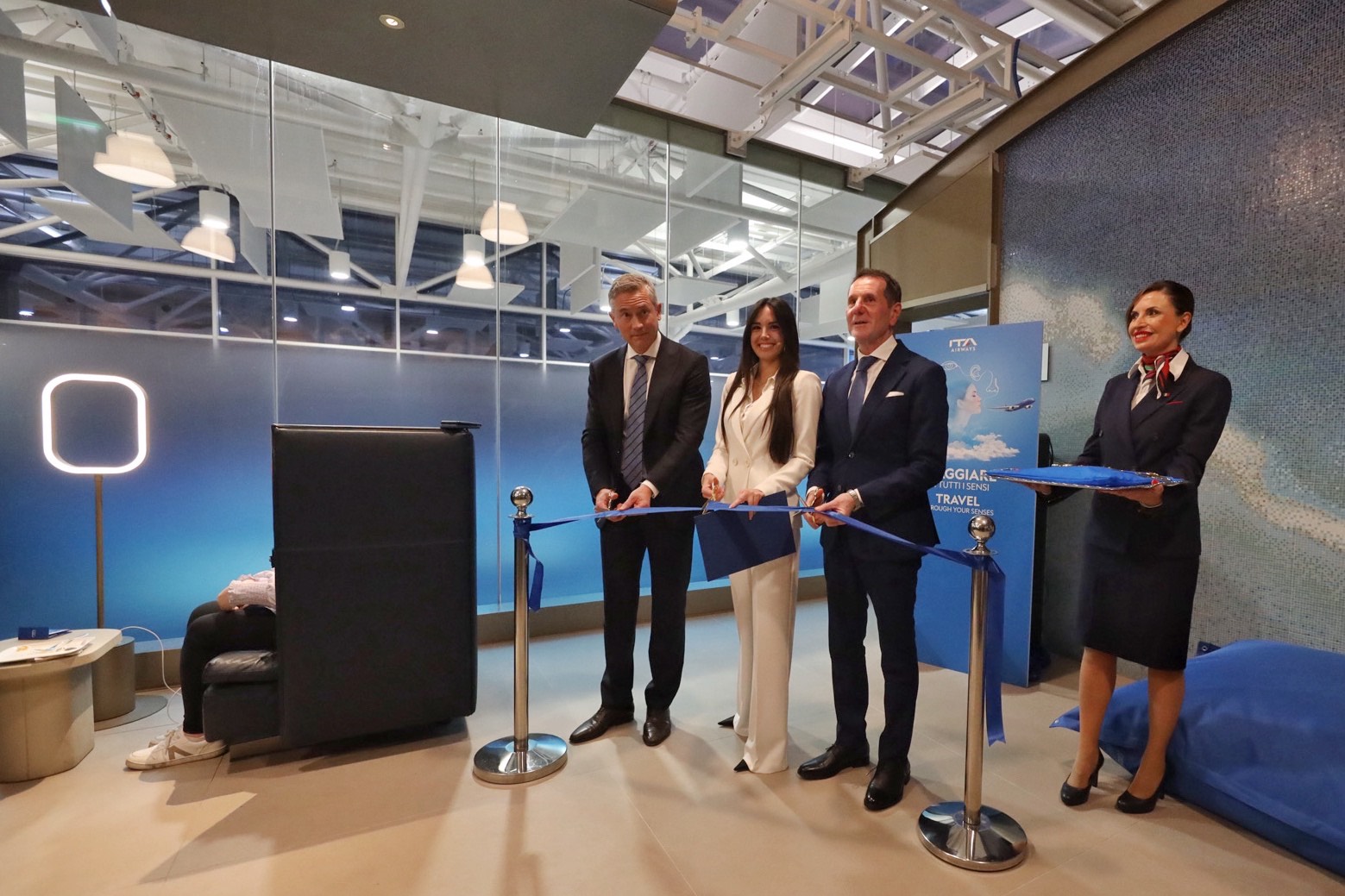Pankaj Srivastava, Director-Commercial, Air India, says that while Air India is rapidly spreading its wings internationally, the national carrier is committed to the Indian government’s National Civil Aviation Policy to increase regional connectivity. The airline has identified certain routes to boost this network.
PEDEN DOMA BHUTIA
Q Air India has a strong presence at international trade events. How do such events help in promoting an already established brand like Air India? ITB is one of the biggest travel shows in the world much bigger than WTM, it’s one of the biggest platforms in which all the stakeholders of the tourism and hospitality sector get together under one roof and exchange ways to do business in future and streamline the entire process and value chain of tourism and I’m so happy that Air India, which has a huge presence in Europe, today has as many as nine destinations in Europe which are connected directly with India. So it is a great opportunity for us to connect with tour operators in this region and provide them with all the necessary help with regards to various options of outbound from India into this part and inbound from this region to India.
Q With the recent strengthening of the national carrier’s international network, what else can we look forward to in 2017? We have witnessed rapid growth in our international network in the last three years. Most importantly, in the last one year we have added four new destinations – San Francisco (USA), Madrid (Spain), Vienna (Austria) and also a new flight from Ahmedabad to London (UK). In future, we will be commencing our services to Tel Aviv (Israel) from sometime in May; this will be a non-stop flight from Delhi to Tel Aviv. After that, in June we will be connecting the two capital cities of the largest democracies in the world (India and USA), a non-stop flight between New Delhi and Washington DC. After that, some time in August or September we will be connecting Scandinavia and India, for this we are looking at the two markets – Copenhagen and Stockholm, between the two we are going to pick the one that proves to be economically viable for us and start operations. A decision will soon be taken on whether we are going to Stockholm or Copenhagen.
Q Which aircraft will you be flying on these new routes? The Tel Aviv-Delhi and the Scandanavia flight will be on a Dreamliner, whereas the New Delhi-Washington DC direct will be onboard a 777.
Q Unlike smaller airlines, Air India often has to combat a lot of bad press as well. Being the national carrier what kind of challenges does the airline encounter? Size does matter. As long as you are a small and compact airline, you can have a very robust schedule and maintain on-time performance, the quality of service and the level of satisfaction of passengers. Because you are a small airline flying shorter routes it becomes easier to manage many things. Air India is a network carrier, we have non-stop flights going out of India to faraway places and those flights then come back to India and bring passengers who may not always be bound for India, so we also get a lot of connecting passengers. When we grow big and become a network carrier there are challenges as well as opportunities, so far Air India has been able to manage the challenges and we are conscious and taking steps to ensure that the connection traffic is as seamless as ever.
Q How does Air India intend to contribute to the Regional Connectivity Scheme? As per the new National Civil Aviation Policy’s focus on regional connectivity, we recognise the fact that this area is getting open now. The Tier-II and Tier-III cities have not been tapped by many of the carriers, there are roughly about 40 airports in Tier-III cities where even though we may have the air strip nobody operates there and so the airport is not functional. The Government of India has decided to make those 40 airports functional in those Tier-III cities and we have identified certain routes and we have started smaller aircrafts like ATR 72 on lease and smaller aircrafts to connect these Tier-III cities with Tier-II cities and that’s where the future is. In many such places there might be people who may be able to fly but can’t do so as there are no airports from which they can fly out. We will position one of the ATRs in every state capital, say for instance in Rajasthan we will place one ATR in Jaipur and then we will connect the city to places like Jaisalmer, Bikaner and Kota which have huge potential. Once the fliers land in Jaipur they can always get connected to any other city in India and then fly abroad. Now, if someone wants to fly from Jaisalmer to Los Angeles that cannot be done as there’s no potential, so the idea is to connect smaller towns through smaller aircraft, bring them to bigger airports and then connect them internationally.
Q How important are travel agents for Air India and how is the airline engaging with them? Travel partners are important for every airline, and it is the same for Air India. We get a lot of business from our travel partners. In fact I can say that currently, 85 per cent of our business comes from our travel partners. We are on our way to recovery and it is pertinent to note that we posted ` 1 billion of profit last year on the operating cost. Things are moving in a positive direction for us and this year we would double up the profit.
“We will be commencing our services to Tel Aviv (Israel) from sometime in May, this will be a non-stop flight from Delhi to Tel Aviv. After that, in June we will be connecting the two capital cities of the largest democracies in the world (India and USA), a non-stop flight between New Delhi and Washington DC. After that, some time in August or September we will be connecting Scandinavia and India, for this we are looking at the two markets – Copenhagen and Stockholm.”
– Pankaj Srivastava, Director-Commercial, Air India
 TravTalk India Online Magazine
TravTalk India Online Magazine





